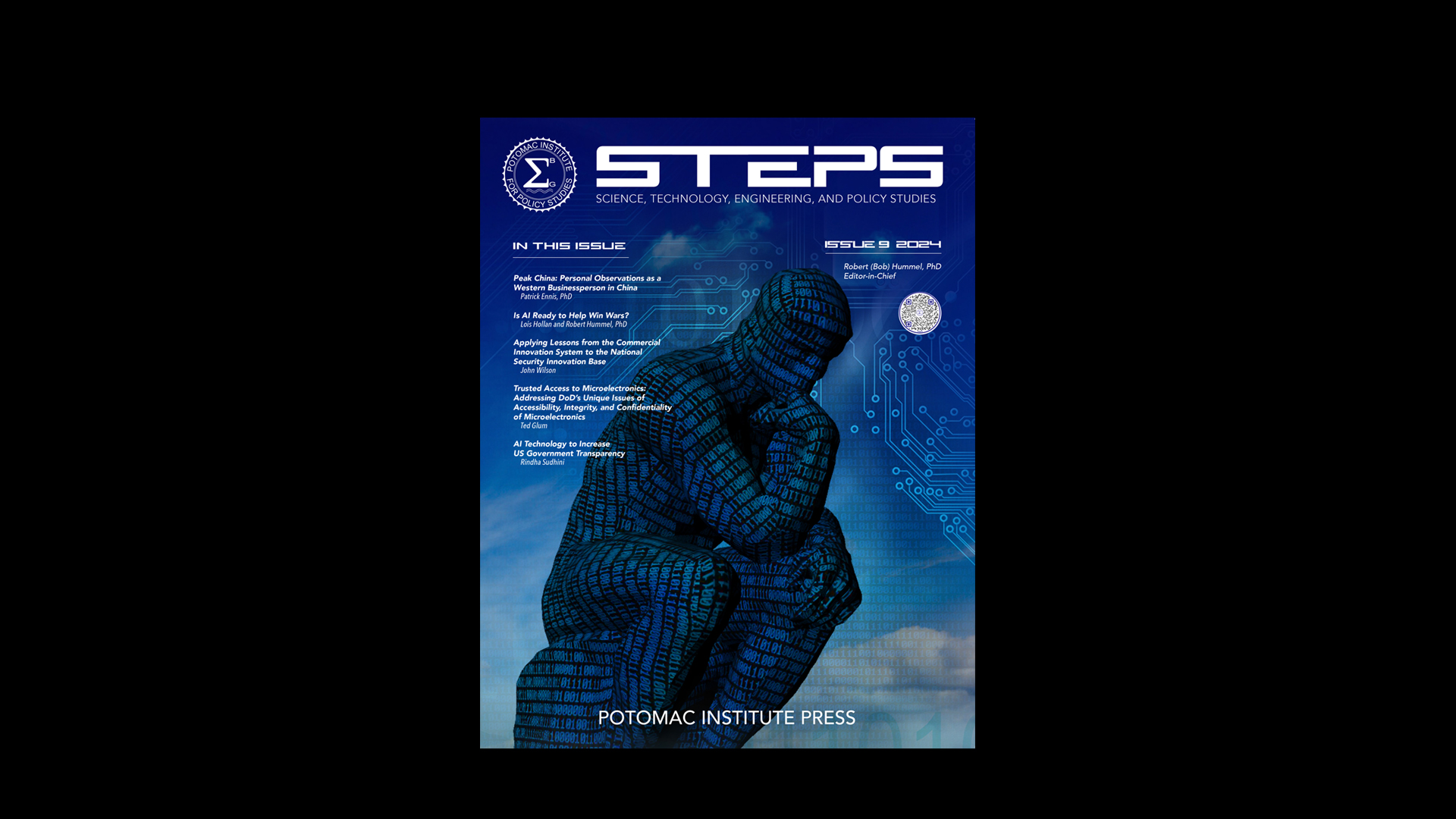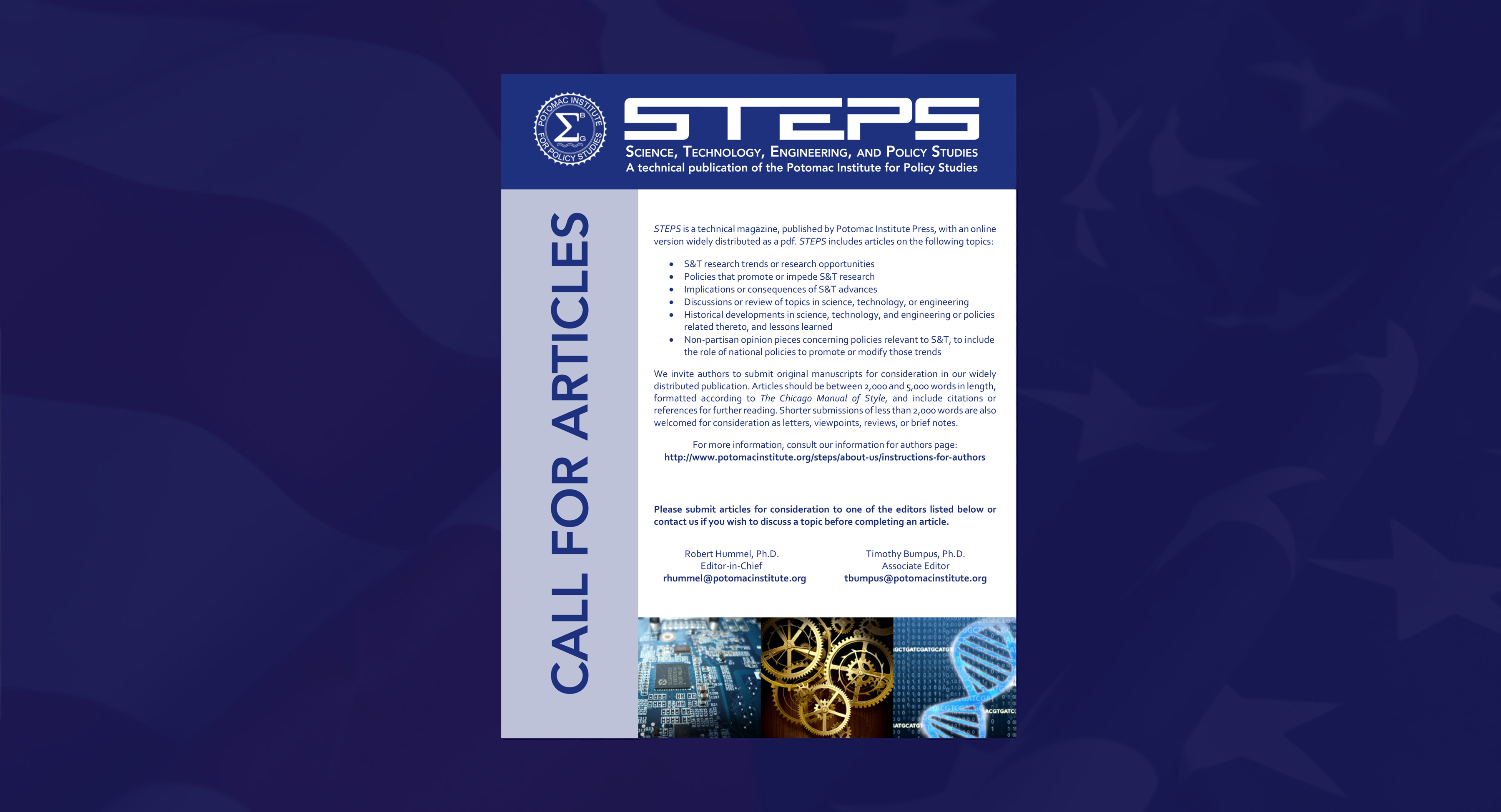By TJ Kasperbauer
Some people want to use genetic modification to restore the American chestnut tree and the black-footed ferret. Some people couldn’t care less. Still others might think chestnut trees are ugly and ferrets are a nuisance. Choosing between these preferences is difficult. But whichever course of action we take, it won’t help to ask if we are conserving pristine nature. Instead, we must accept that we are merely modifying nature—as we have many times before.
Thinking about conservation as modifying nature conflicts with the dominant paradigm of nature preservation. Nature is to be protected, not redesigned. But this view of nature is misguided. We have always influenced nature, even if unintentionally and haphazardly. Genetic modification is only the most recent step in our long history of altering nature.
Many conservationists already accept this view of nature. For instance, some endangered and highly valued species have been relocated in order to improve their chances of survival. Doing so changes the species as well as the surrounding ecosystem—nature is changed. Captive breeding programs also frequently aim to modify the genetic makeup of the species before release. These practices also operate under the assumption that we are constantly changing nature.
Starting these discussions now helps prepare us for policy decisions we will inevitably face in the future. These decisions will be less and less about conservation and more about what we ultimately value and desire. This is difficult because there is such widespread disagreement, as illustrated by recent proposals to relocate pikas, white bark pine, and many others.
Just last week the International Union for Conservation of Nature proposed a temporary cessation of field trials and research on genetically modifying nonhuman organisms for conservation. Until the consequences have been properly assessed, they reason, such interventions are too dangerous. This conclusion is sensible—we do need more data. But the data will be quickly forthcoming, and the traditional conservation framework will not be very helpful. We must remember the potential upshot of genetic modification: not just to keep what we have, but to build and design what we want.

















